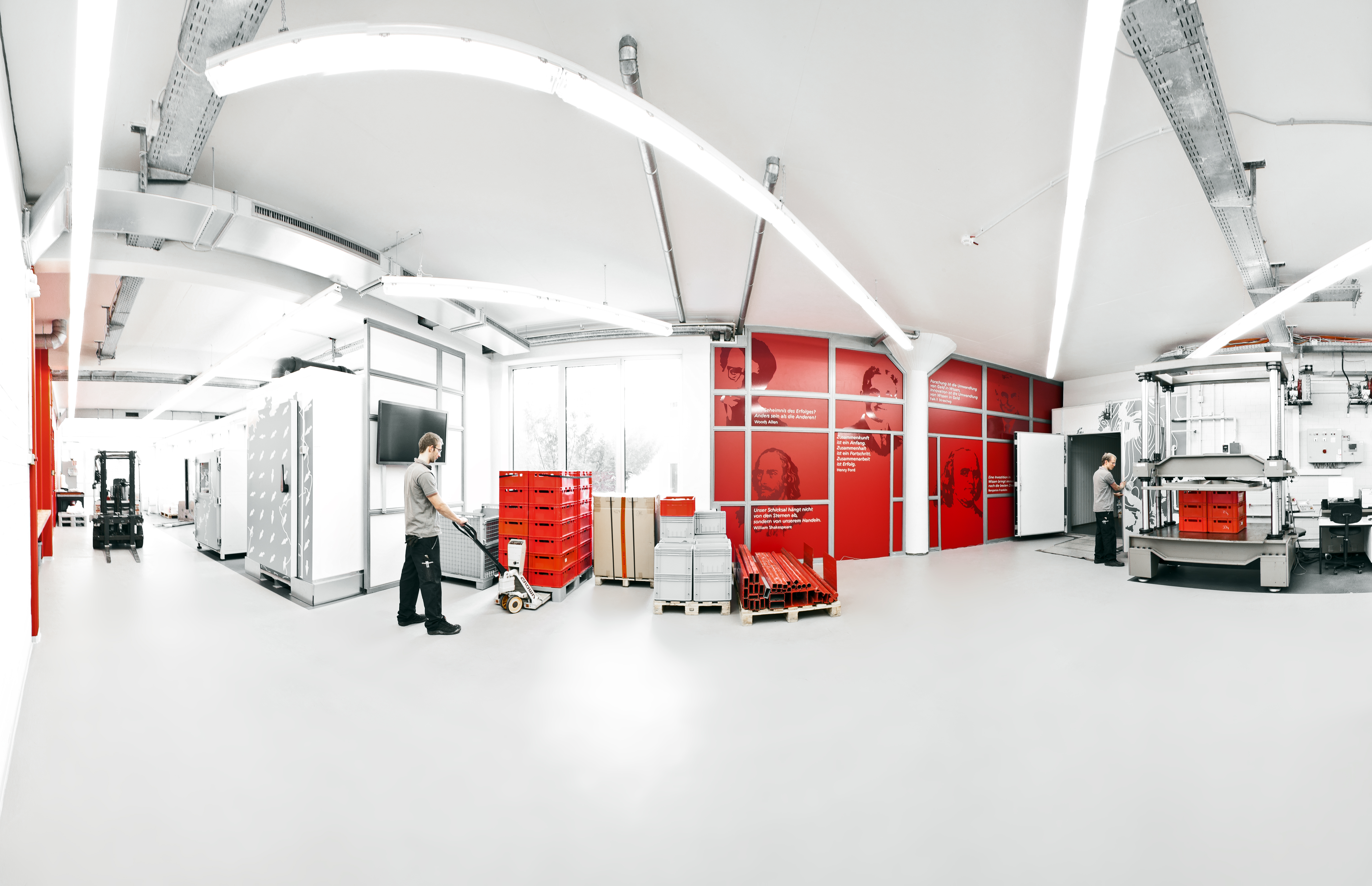The task of any packaging is to protect a product from damage during transport from the shipper to the recipient. As a rule, damage is caused by external stress: Throughout the supply chain, packaging is subjected to static and dynamic loads in the form of stack pressure, impacts or vibrations, as well as additional climatic stresses caused by changing temperature and humidity conditions during transport, handling and storage.
In addition to the classic protective function, packaging is increasingly taking on an informative role: "Smart Packaging" describes the digital transformation from pure packaging / load carrier to information carrier and creates great potential in terms of data collection and provision along the supply chain.
Our offer:
 Fraunhofer Institute for Material Flow and Logistics IML
Fraunhofer Institute for Material Flow and Logistics IML